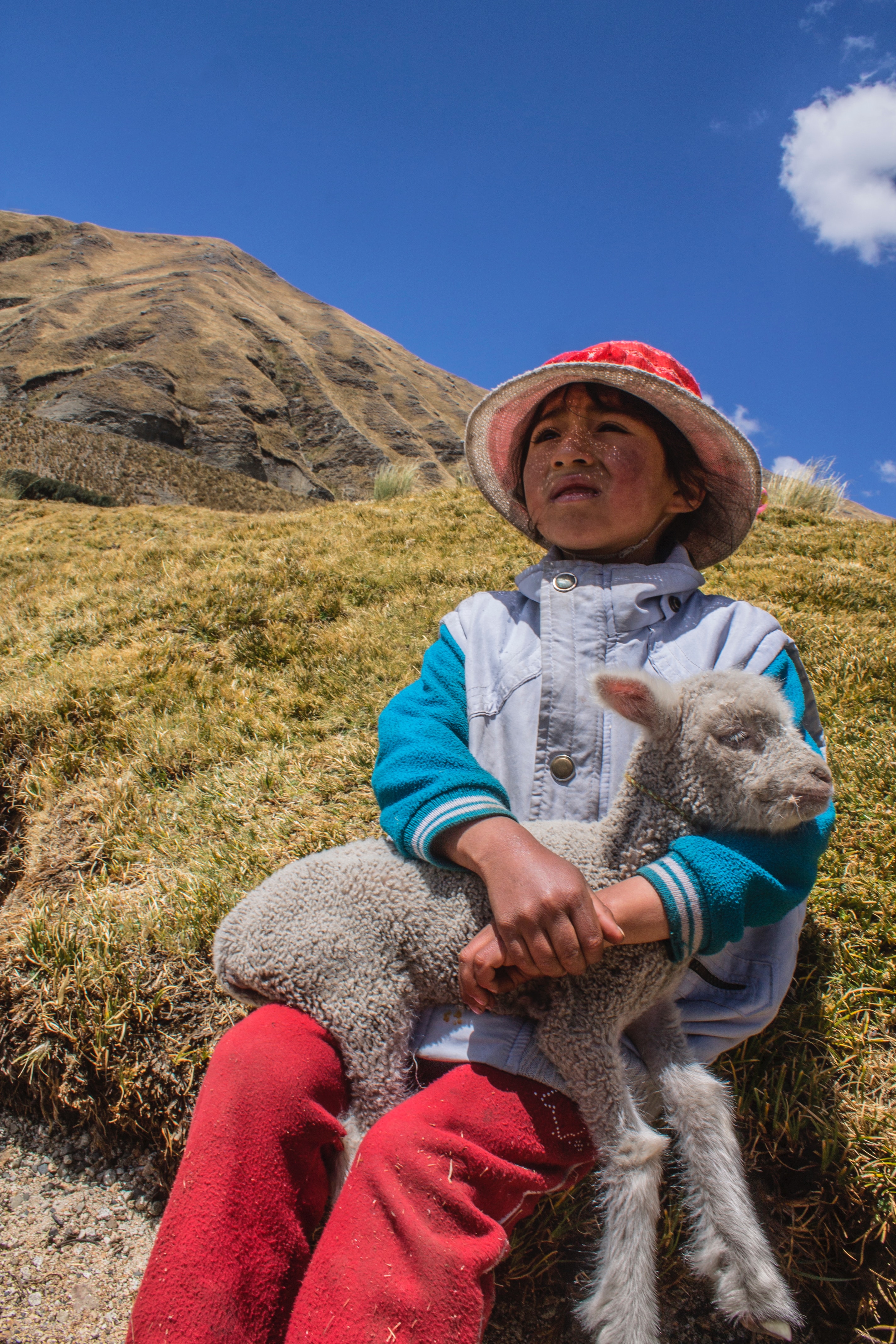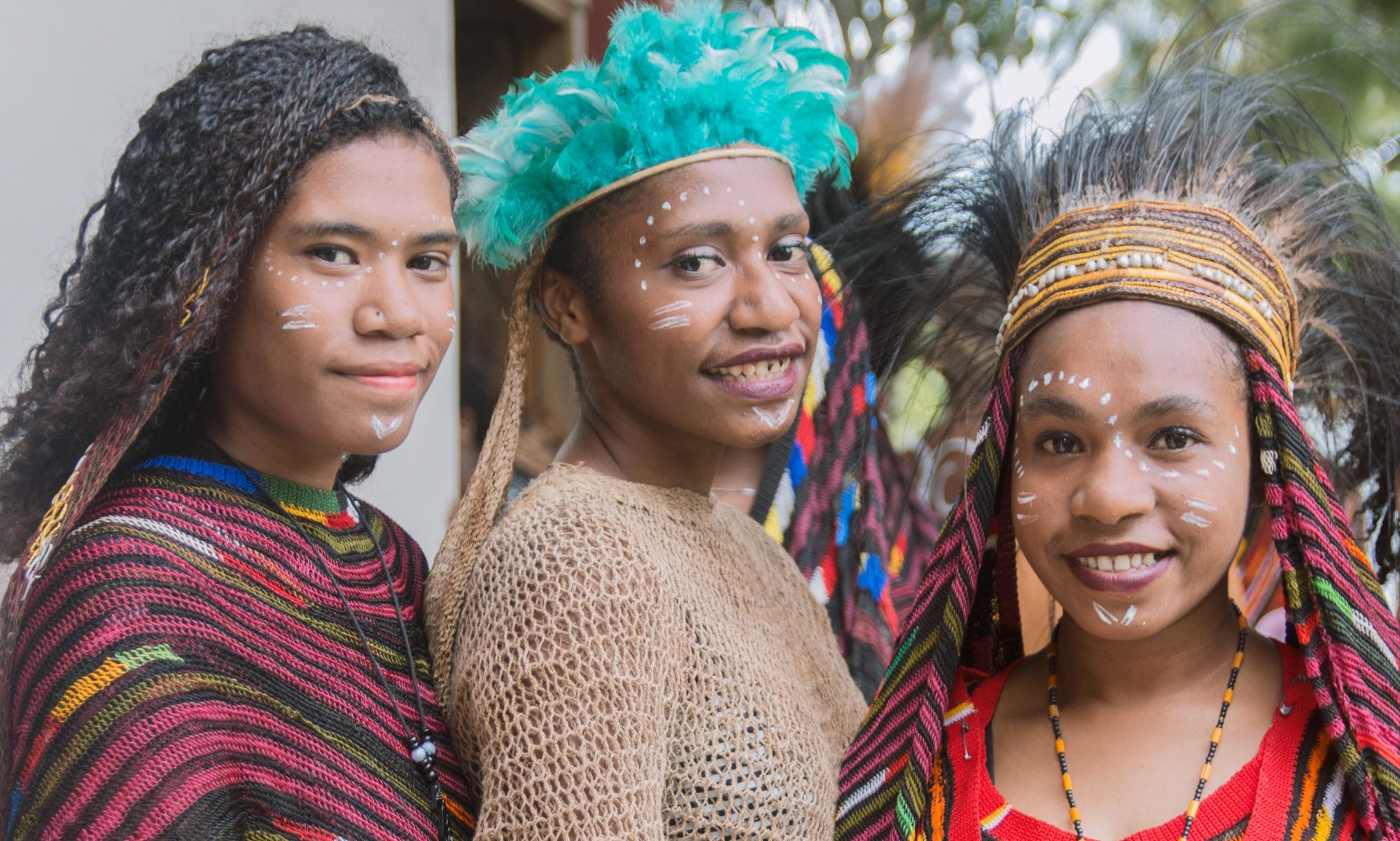Peru is a megadiverse country that unites multiple people, indigenous tribes, cultural traditions and languages within its borders. Before the Spanish conquest in the early 16th century an assumed 300 to 600 different languages were spoken in the area.
Every two weeks, a language is lost forever; Peru is no exception. Forty years ago, half the population spoke Quechua or another native language. Now, only 13% of Peruvians speak one of the 47 native languages. Since colonization began in the 16th century, not only has Spanish become the official language, also 37 native languages disappeared. 17 languages are now endangered and four are in critical danger of extinction.
A language translates into identity and culture. Once it dies, an entire culture goes with it. Although the Peruvian Government is working to preserve most of these languages, truth is that stigmatization for speaking something other than Spanish is as common as the lack of access to resources (mostly written in Spanish) for its native speakers.

Peru’s linguistic complexity reaches its peak as you head east of the Andes and into the jungle. The Peruvian Amazon Basin is home to at least 13 ethnolinguistic groups, each containing further subdivisions of native languages. The jungle department of Loreto (the largest of Peru’s administrative regions) contains the greatest diversity of native languages.
In total, the remaining indigenous languages of Peru—such as Aguaruna, Ashaninka, and Shipibo—are spoken by less than 1 percent of the Peruvian population. Of the Peruvians that do speak an indigenous language, including Quechua and Aymara, the majority are bilingual and also speak Spanish.

Those traveling in Peru who are able to speak Spanish will notice slight regional variations, in pronunciation and in some expressions for example. These variations correspond with the country’s three geographical regions of coast, jungle and mountains. For example, someone from the coastal capital city of Lima can often distinguish a Peruvian from the mountains by their accent or way of speaking
| Spanish (English) | Quechua | Aymara |
| El abuelo (grandfather) | Machula / apucha / hatun tayta / awilu | Achachila |
| Verano (summer) | Ruphay mit’a | Junt’upacha |
| Rojo (red) | Puka | Huila |
| Cinco (five) | Pishqa | Phisqa |
In the last year only two people, Rosa Andrade Ocagane and her brother Pablo, born to a resigaro mother and an ocaina father, still were able to communicate in the resigaro language.As local media reported just a year ago the 67-year-old Rosa was brutally murdered in her community for unknown reasons. This leaves her 65-year-old brother to prevent the native Amazon language resigaro to vanish. Unfortunately, Rosa and Pablo belonged to the 20 people that speak Ocaina (another indigenous language in the area which is threatened to disappear soon)
For quite a few years now the Peruvian government is trying hard to preserve the knowledge of indigenous languages and traditions. For that reason the siblings were supposed to work on a revision of the only resigaro dictionary and grammar book compiled in the middle of the last century. Pablo assured that he will now try to finish the project alone.
This is a video of Rosa Andrade Ocagane singing in her native language, days before she was found dead.


Superb work! Keep up the good work
LikeLike
Excellent work. Very Insightful. Keep it up!
LikeLike
great work.. Check out this video too.. You will like it
LikeLiked by 1 person
Great job
LikeLike
Its simply superb …a treat to read..very well written, expressed beautifully.
LikeLike
Well Done
LikeLike